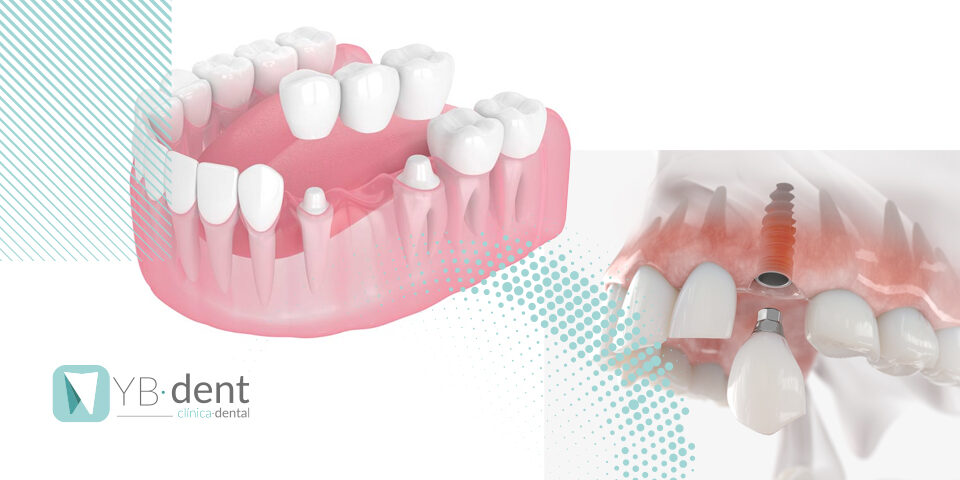¿A qué se deben las encías negras?

Las encías negras son un problema que tienen muchas personas en la actualidad. Estas afectan directamente en la estética de la sonrisa y cabe destacar que no siempre se producen a causa de algo especialmente grave. Es de suma importancia saber cuales son las razones por las que se producen estas manchas negras en las encías y como eliminarlas.
¡Acompáñanos a descubrir las causas y soluciones para las encías negras a través de este artículo!

¿Cómo son unas encías sanas?
Aunque las encías estén sanas, cada individuo tiene las encías de un color diferente pero normalmente tienen un color uniforme a lo largo de la boca y suele ser rosado principalmente. Las encías son mucosas que tiene la finalidad de proteger y sujetar los dientes. Es por ello que es de suma importancia cuidarlas para que estén muy sanas y de esta manera evitar posible infecciones y enfermedades de los dientes o en la boca.
Causas de las encías negras
Las encías negras, también denominadas melanosis gingival, se producen por múltiples razones que a continuación explicaremos:
- Tabaco:
Este hábito además de cambiar el color de tus dientes a un tono amarillo, también daña la mucosa de la boca por los toxinas que posee. Es por lo que se debe dejar de fumar ya que afecta de manera negativa a nuestro organismo. Es por ello, que los fumadores regulares tienden a tener una encías negras.
- Tomar ciertas medicinas:
Existen algunas medicinas que poseen ciertos efectos secundarios, de los cuales destacan el oscurecimiento de las encías. Unos de estos medicamentos son las píldoras anticonceptivas, las que pueden provocar que se modifique el tono de la mucosa bucal, lo que puede suceder también en las encías. No es especialmente grave, no obstante lo mejor es visitar a tu dentista de confianza en cuanto veamos estos síntomas.
- Melanoplaquia:
Los genes también pueden incidir en cuanto a las tonalidades y tener las encías negras. Por lo que existe esta condición llamada Melanoplaquia que implica la acumulación de melanina en la encía. Es por esto que algunos pacientes pueden desarrollar esta condición, donde se concentra mayor melanina y puede cambiar la tonalidad de la encía.
- Ciertos tratamientos dentales:
Una vez que se realiza alguna intervención del tipo dental, se puede generar este oscurecimiento de encías al pasar por el postoperatorio. Por lo que las encías pueden adquirir esta tonalidad de forma temporal. No debes preocuparte por esto ya que es normal que afecte a las encías. No obstante no dude en consultar a tu dentista en caso de que esta tonalidad persiste muchos días.
- Enfermedades del tipo periodontal:
Las enfermedades como periodontitis y gingivitis dan como resultado unas consecuencias muy negativas para los dientes.
Aunque existen ocasiones en las que esto no sucede, lo habitual es que estas encías se inflamen y se produzca un enrojecimiento. Lo que genera que en algunas situaciones estas se puedan oscurecer.
¿Cómo eliminar las encías negras?
Una vez que has podido conocer las distintas causas por las que provocan las encías negras, te traemos las soluciones para que elimines estas tonalidades en tus encías. Algunos de los tratamientos más comunes son los siguientes:
- Por medio del uso de un bisturí:
Esta es una técnica bastante invasiva, con una recuperación postoperatoria larga por el tipo de procedimiento que se hace. El procedimiento consiste en eliminar las zonas de las encías que posean un tono oscuro por medio del bisturí.
- Microabrasión:
Este procedimiento se realiza por medio de instrumentos específicos que permiten remover la capa superficial que posee las encías negras, lo que hace posible eliminar estas manchas oscuras.
- Láser:
El procedimiento consiste en una cirugía láser para eliminar estas manchas en las encías. Se caracteriza por ser un método menos invasivo y hace que el paciente no sangre tanto.
Si notas algún síntoma de encías negras y quieres mejorar la estética de tu boca ¡No dudes en llamar a YB-Dent!
¡Siempre estaremos dispuestos a ayudarte y a ofrecerte la mejor calidad en tratamientos!



